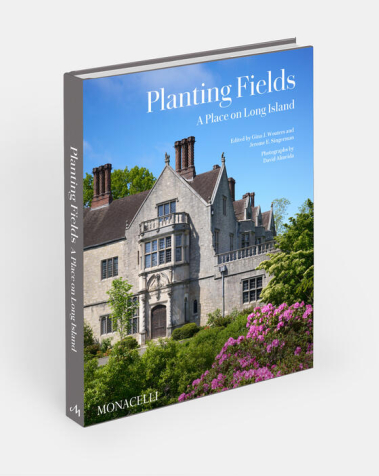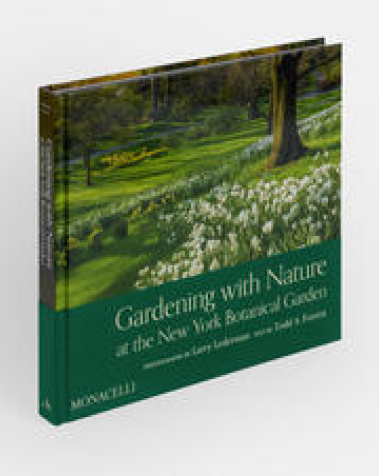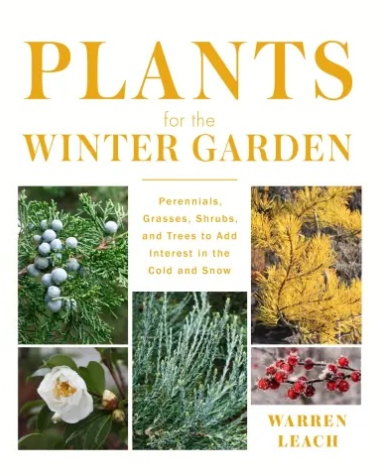Book of the Month
Mien Ruys: The Mother of Modernist Gardens
Reviewer: Deborah Banks
Month: October 2025
Mien Ruys was an influential garden designer pioneering the modernist style. She designed over 3,000 gardens from 1923 until her death in 1999, primarily in her native Netherlands. Her plans used clean, modern lines coupled with a naturalistic planting style that emphasized perennials. She worked with many of the Dutch architects of her time and influenced later garden designers including Piet Oudolf, James van Sweden, and many others.






